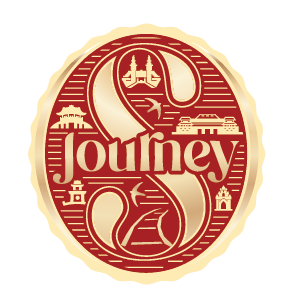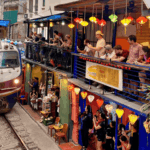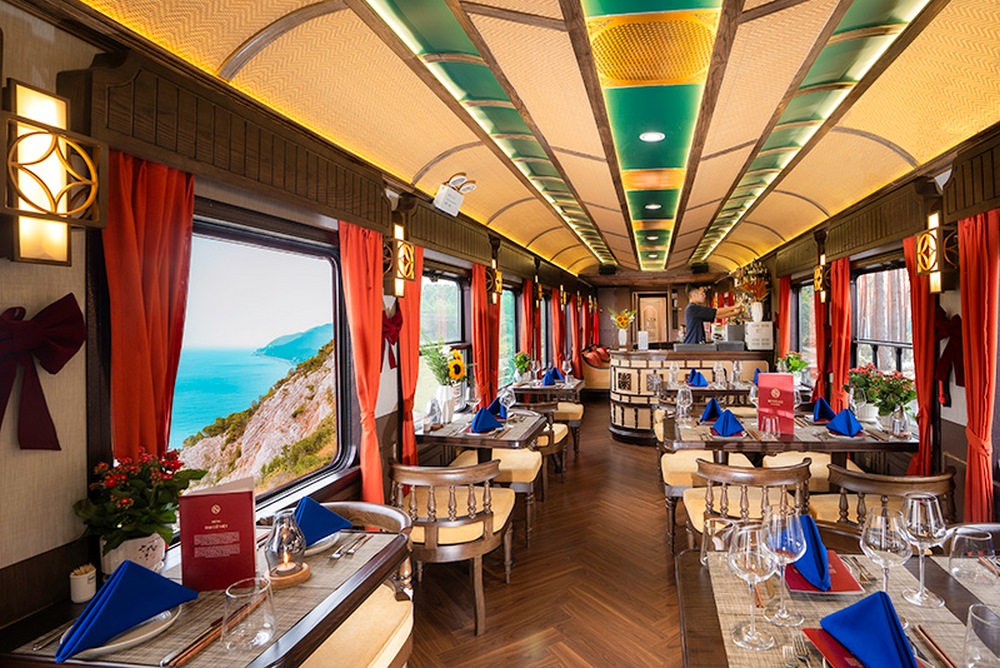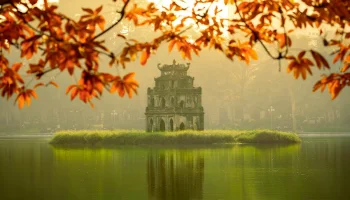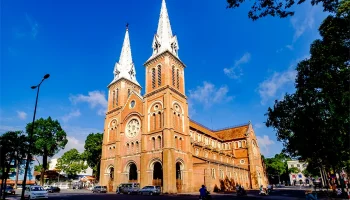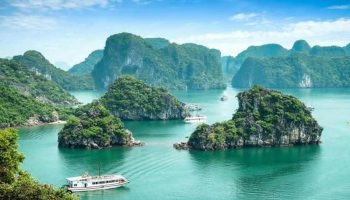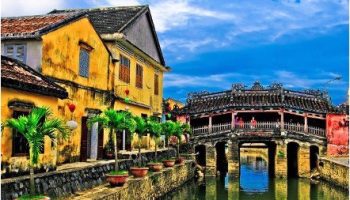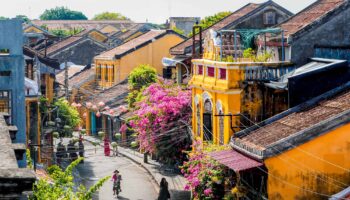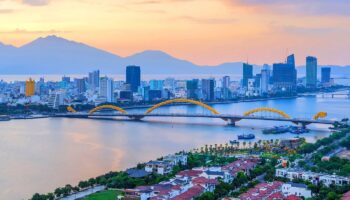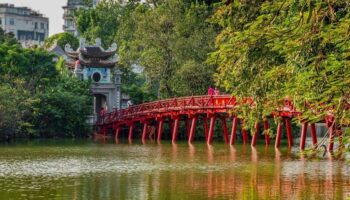The History of Railway In Vietnam: From Basic Transport to Classy Indulgence
Vietnam’s railways have come a long way, from a practical method of transportation for people of all ages to a distinctive, modern travel indulgence. Let’s take a look at the history of railway in Vietnam, and the development that solidifies the slow-travel experience.
Table of Contents
ToggleIn Vietnam, railway travel is one of the oldest methods of transportation, and the ultimate method for relaxation in this day and age. The attractions of trains are not limited to foreign tourists – locals still purchase train tickets every day not only for traveling from one place to another, but also for calming the state of mind through a slow-travel experience.
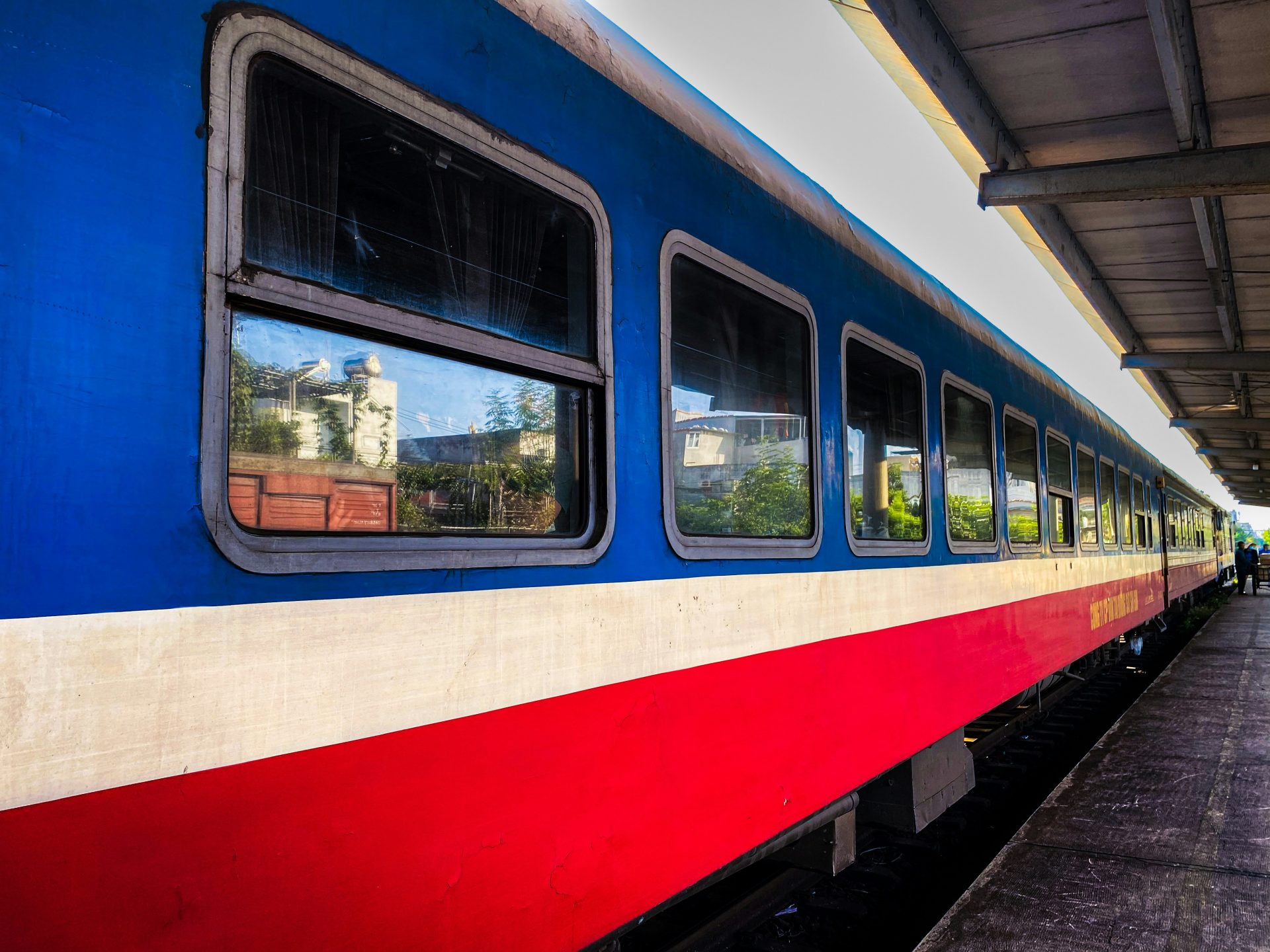
From a practical means of transportation to a classy travel indulgence – the movements of Vietnam’s railway carriages have come a long way. Discover everything about the history of railway in Vietnam, from the beginning in the late 1800s to the present day.
I. History of railway in Vietnam: The beginnings
1. The early days
The history of railway in Vietnam began in the 1880s, under the administration of the French. In 1881, the first railway line – Saigon-Cholon tramway was founded. Around that time, it is estimated that over 2000 passengers had taken that means of transportation. As a result, the rail line between Saigon and My Tho was built in the same year, which was completed in 1885 and attracted even more customers.
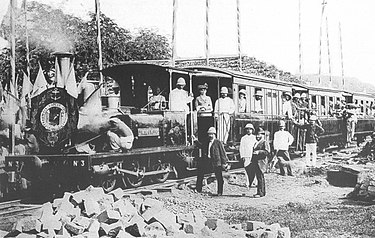
During the guidance of Paul Doumer as Governor-General of French Indochina, the foundation of railway transportation was even more developed. In 1897, a network connected the province of Yunnan – which is located in China with Hanoi, and extended all the way to Saigon was built. While the Dong Dang – Hanoi railway line was completed in 1902, it was not until 1936 that the Hanoi – Saigon railroad was in service.
However, in World War II, the Japanese forces and the Vietnamese insurgents were the factors that put the emergence of railway travel on hiatus. To be more specific, the Japanese army exploited Vietnam’s railway system in order to support their troops located in China, which in turn would be destroyed by both the insurgents and the bombing of the Allied Forces.
2. The First Indochina War
The discontinuation of World War II led to the restoration of the Vietnam railway network. With maximum effort, all the rails were repaired in a condition that could be functional for the French. However, In 1947, the Viet Minh – the most prominent resistance army in Vietnam – attacked the railroad network using landmines. Moreover, with the capability of Vietnamese soldiers, a 300-kilometer secret railway system was built inside the woods.
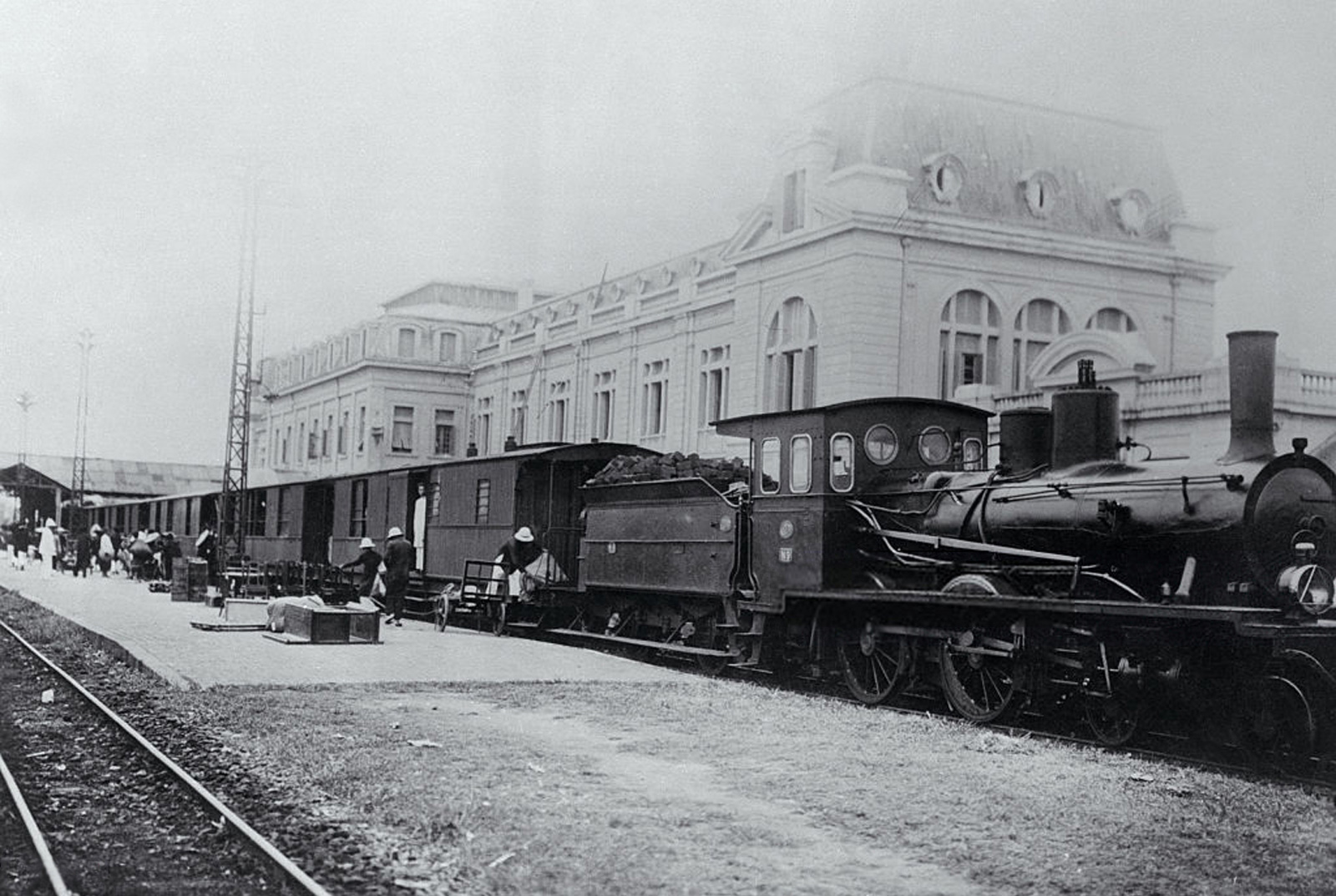
1954 marked the victory of Viet Minh, as the French colonization came to an end and the railway line dividing Vietnam into two pieces – the North and the South of Vietnam was founded under the control of the Vietnamese government.
3. The Vietnam War
During the Vietnam War, multiple assets – including the railway system – were heavily damaged. This is due to the bombardment from various forces, including the Americans, the South Vietnamese Forces, and even the North Vietnamese Forces. Moreover, in 1964, “Joan” and “Iris” – the most destructive typhoon in a century, swept through Vietnam and caused the railway network even more wrecked.
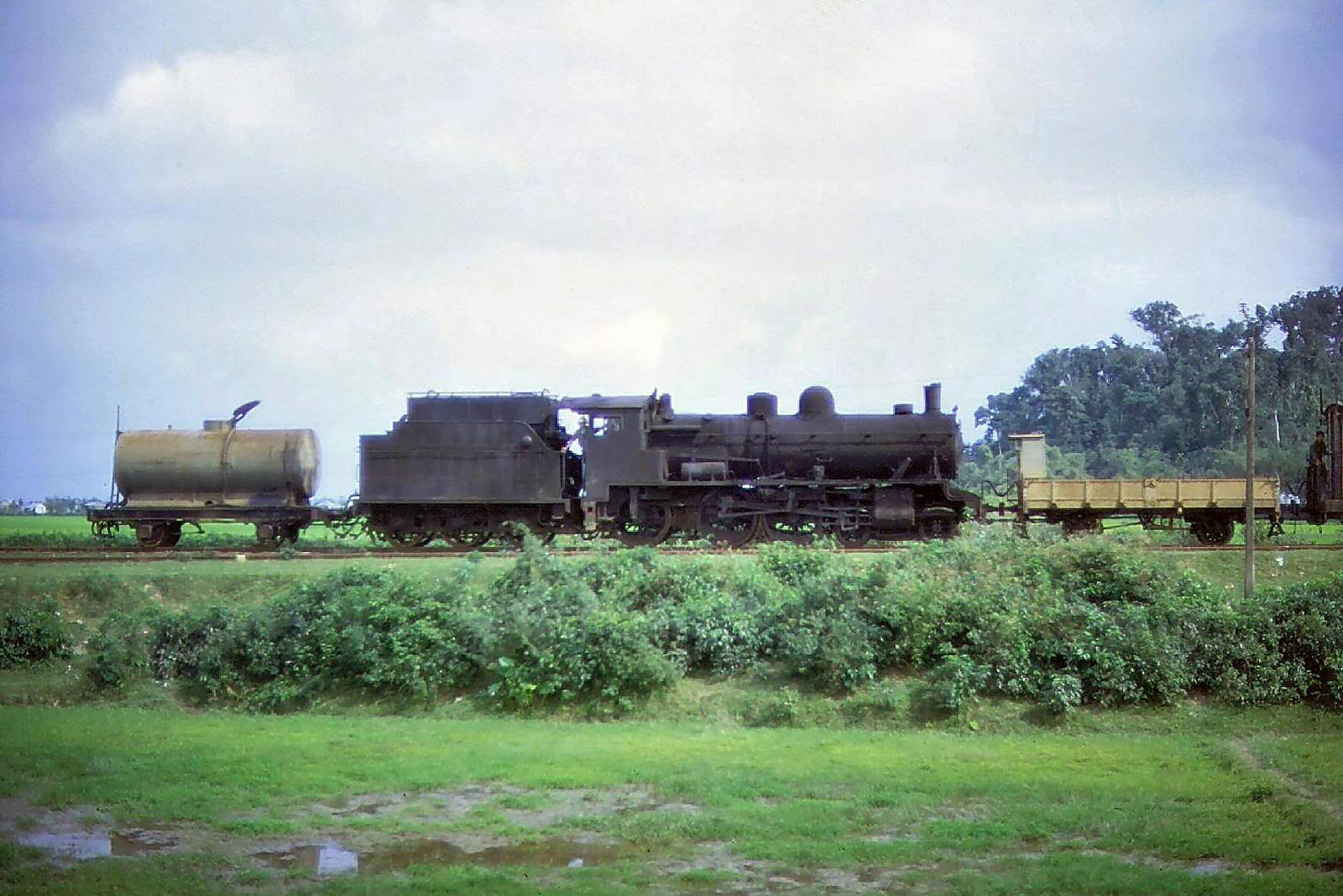
The history of railways in Vietnam continued in 1965 when railroad networks in Vietnam were reconstructed by both the South Vietnamese and North Vietnamese governments. This is for the purpose of transporting supplies such as rations, manpower and weapons. The United States also conducted three significant aerial bombing campaigns against North Vietnam during the Vietnam War, which made the reconstruction even more difficult:
- Operation Rolling Thunder (1965 to 1968) – targeting North Vietnamese supply lines, including railways and trail routes.
- Operation Linebacker (October 1972) – targeting North Vietnamese logistics, industrial, and transportation nodes, mostly bridges and railways.
- Operation Linebacker II (December 1972) – an 11-day intensive bombing campaign focused on Hanoi and Haiphong.
II. Reinforcement and flourishing of railway transportation
1. The subsidy period
April 1975 marked the victory and the unification of Vietnam after the Fall of Saigon. As a result, the newly-founded Communist government took charge of the South Vietnamese railway networks and restored the North-South railway line in 1976, renaming it the Reunification Line for national service.
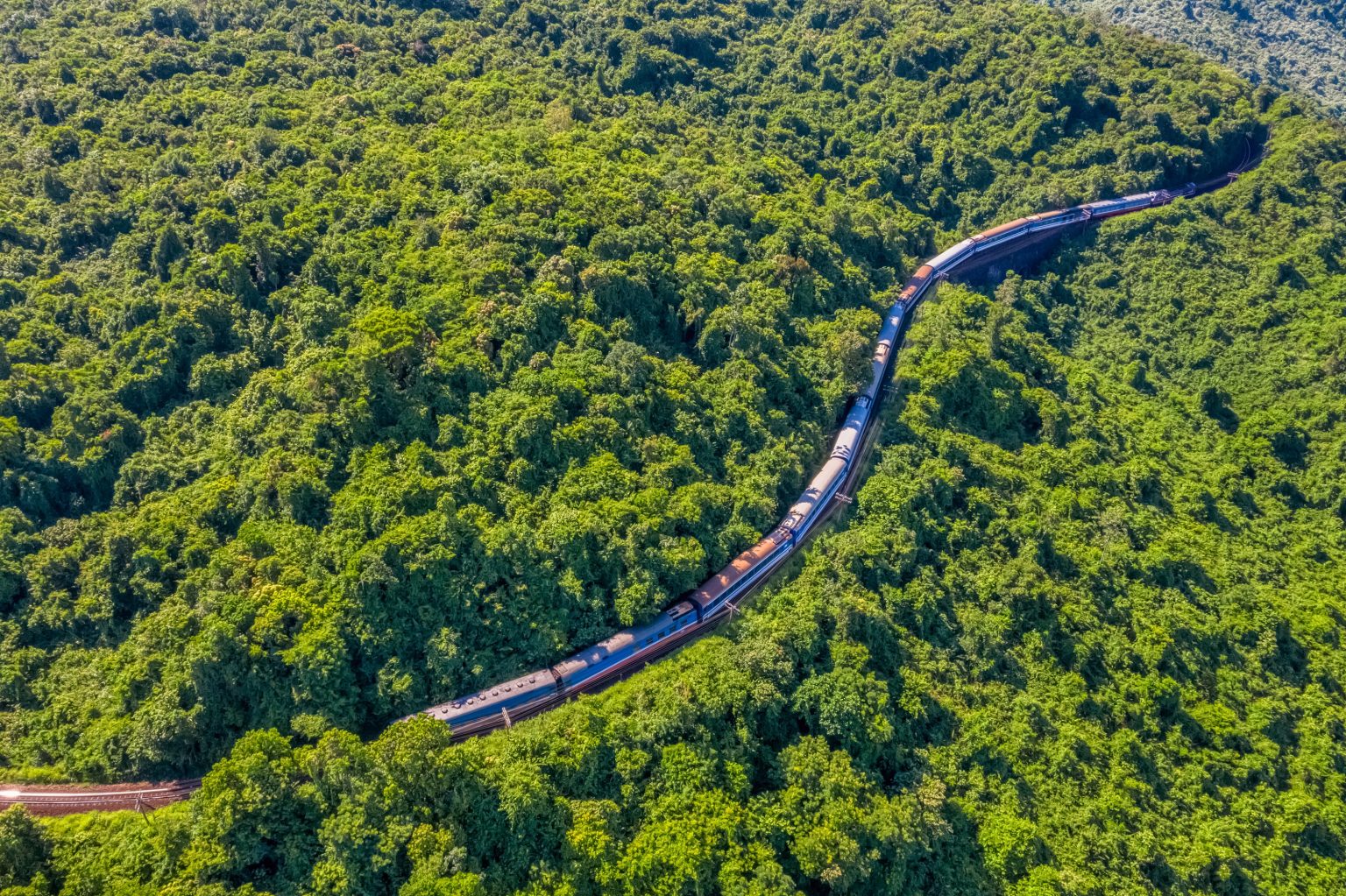
Moreover, the Vietnam Railway sector had reformed itself into a different system, with more sophisticated functions and departments that met the requirements of passengers at that time. Many state-owned train lines from the Vietnam Railway sector were established and maintained their operational model until 1986.
2. The modern days
a. Technological advances in the 21st century
After the difficulty in restoration during the subsidy period, the 21st century has unlocked a new chapter in the history of railways in Vietnam. For the first time since the beginning of the first train, the Law on Railway Transport was formed, indicating a specific law to regulate the railway section.
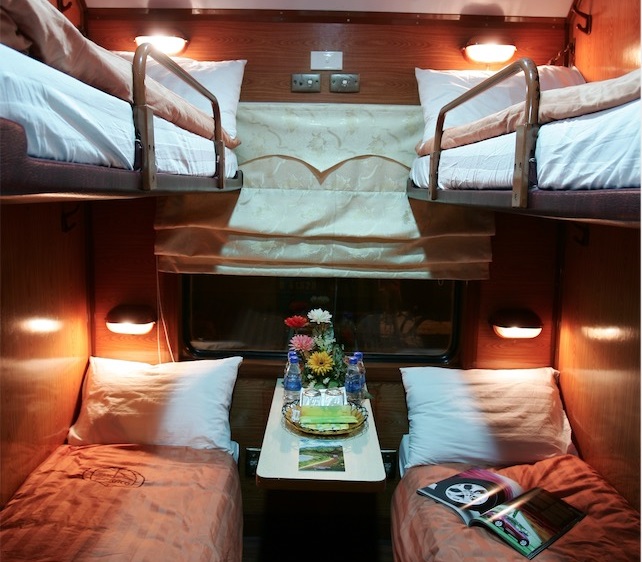
As a result, state-owned and private-owned railway companies are commencing multiple developments to cater to the needs of modern customers. Aircon, toiletries, WIFI and chargers are becoming the staples inside the trains nowadays. Online tickets and QR codes for commercial and services are becoming widespread in the railway network. Some luxury ones even have indoor restaurants, bars, spa rooms and clinics.
b. Historical touches and cultural enhancements
However, cultures and histories will always be a part of Vietnam. In order to protect and preserve all the good values from the old days, modern train tours, especially the high-end ones – for example – SJourney, have become more like a journey of peace and indulgence. To be more specific, the interior will be abundant with an immersive culture, along with the ambiance from the past of Vietnam, which blends heavily on state-of-the-art technological devices.

Moreover, modern passengers tend to rely more on the sophisticated values of the past for relaxation rather than dive deeper into the rapid advance of automation and machinery. Therefore, having old-school touches makes their experience more fulfilling.
3. SJourney – Where the history of railway in Vietnam and the present day align
From Indochina artwork to Western bars; from luxury interiors to mesmerizing outdoor enjoyment – SJourney has it all for customers to indulge themselves in. Being one of the most scenic and immersive train rides in Vietnam, and the first luxury train line across the nation, you will be captivated by the beauty of Vietnam’s landscapes, the hospitality from locals, and the abundance of services and meal courses throughout the whole trip.
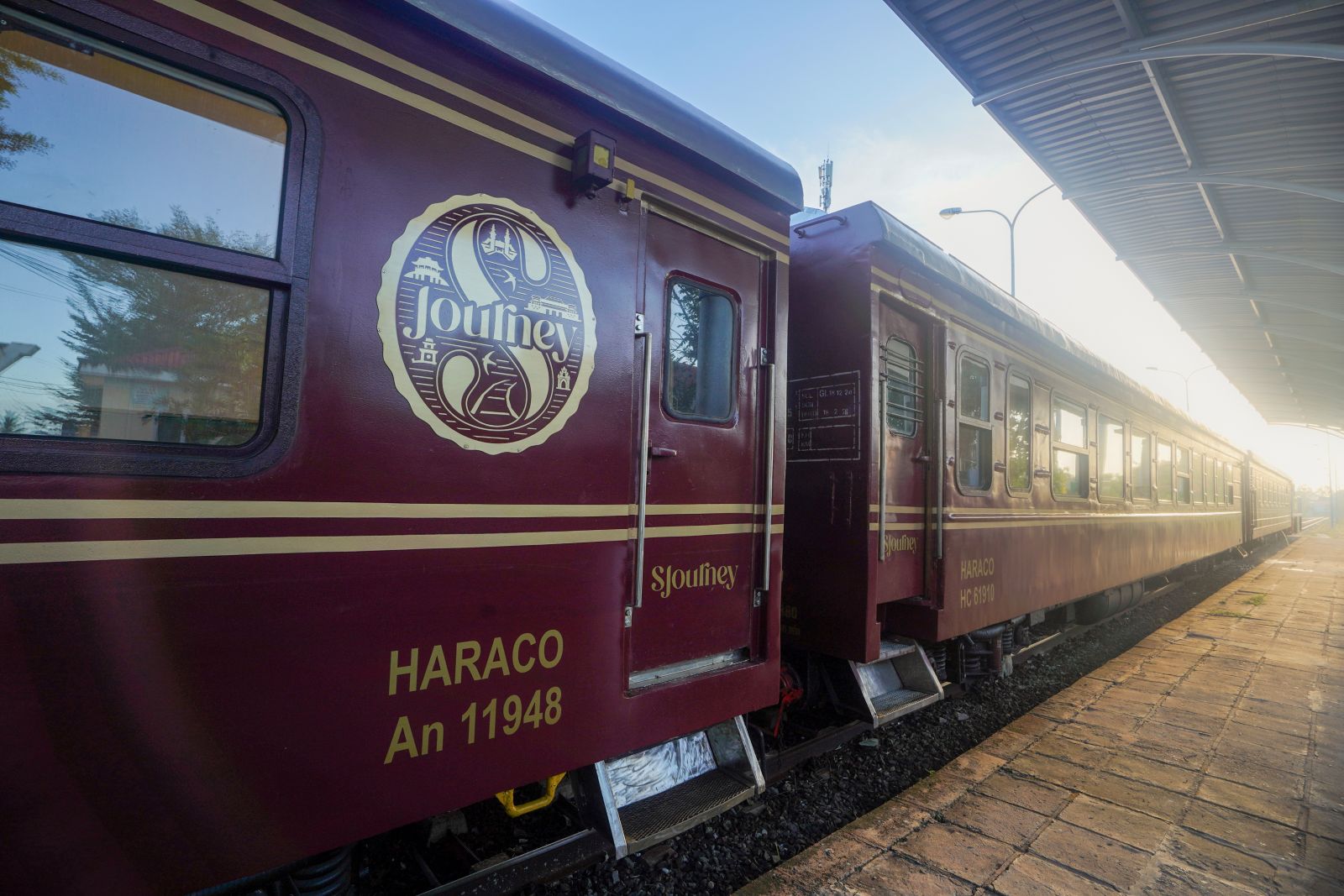
You will enter an exclusive 8-days, 7-nights journey with a chance to see and understand everything about the history of railway and the modern days in Vietnam. The tour will begin in Hanoi or Ho Chi Minh City – depending on which city you are currently residing in. Each city will be a journey of history, culture and society, harmonizing with modern experiences from local events.
Take a look at the Hanoi tour for instance:
- 1st Day: SJourney’s trains depart on Wednesday in Hanoi, with a warm welcome party and exclusive dinner to serve as a starter of the trip.
- 2nd Day: The first cultural course arrives in Ninh Binh – with UNESCO-recognized Trang An’s Scenic Complex, Hoa Lu Ancient Capital, and Tam Coc – Bich Dong as the main dishes.
- 3rd Day: The second cultural course appears when you reach Quang Binh Province. Here, the Phong Nha Cave and Nuoc Mooc Spring will enchant everybody with their beauty and tranquility.
- 4th Day: Arrived in Hue, you will have the chance to taste the feeling of royalty. The Imperial Citadel of Hue and Ben Xuan Garden House will act as the highlights, and other experiences on the outskirts will be the spice for the whole cultural dish.
- 5th Day: A new adventure unfolds in Hoi An – where the calm scenery of Cam Kim Island, the uniqueness of the Japanese Covered Bridge, and the hustle-and-bustle atmosphere will pull you on an exciting yet peaceful rollercoaster.
- 6th Day: Sea life is the main theme after reaching Nha Trang. Onboarding the Emperor Cruises across Nha Trang Bay, with all the different sceneries, you will find yourself sinking in the perfect harmony of beaches, cultures, and people.
- 7th Day: The last cultural main course is when you arrive in Phan Thiet City. Here, you will have the opportunity to ride through dunes, blend into culture and tranquility, and indulge yourself in classical events at Poshanu Tower.
- 8th Day: The finest dessert lies in the last destination: Ho Chi Minh City. You will have a light yet blissful breakfast before bidding farewell to the journey.
More about Intinerary: View more!
And it’s not just about the outdoor adventure that showcases the beauty of Vietnam. Stepping inside the carriage, you will feel like entering a whole different world. Each corner inside the carriages tributes to the tranquility of the heritage, offering an exotic, yet graceful journey that transcends through time.
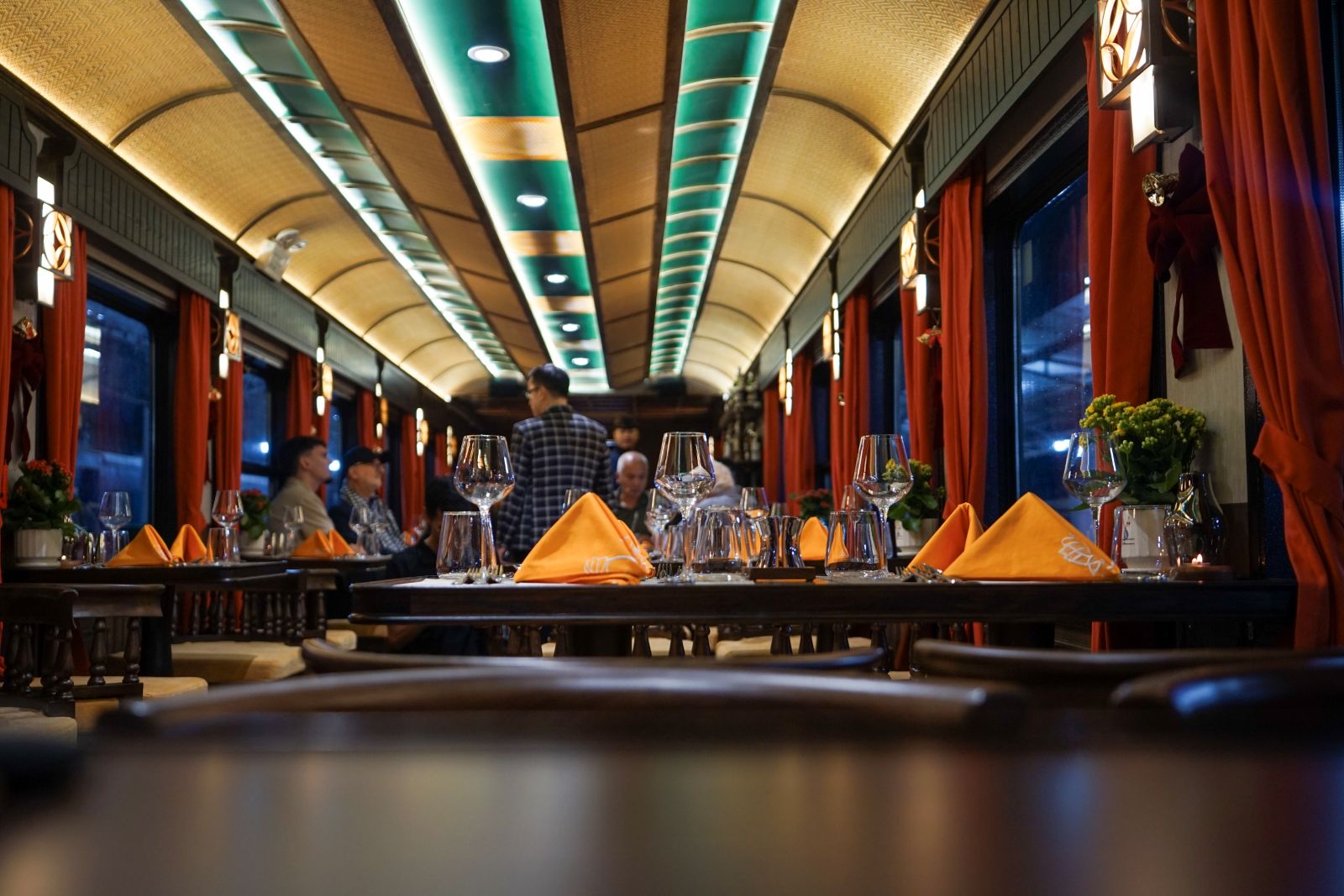
By taking the influence from both the Vietnamese and French design aspects, this train can be considered a moving museum that captures the movements of modern times, while maintaining the nostalgia that expresses the beauty of the history of railway in Vietnam. You can have just as everything as the 5-star quality hotel should have: fine-dining restaurants, lounge cars, and a medical clinic.
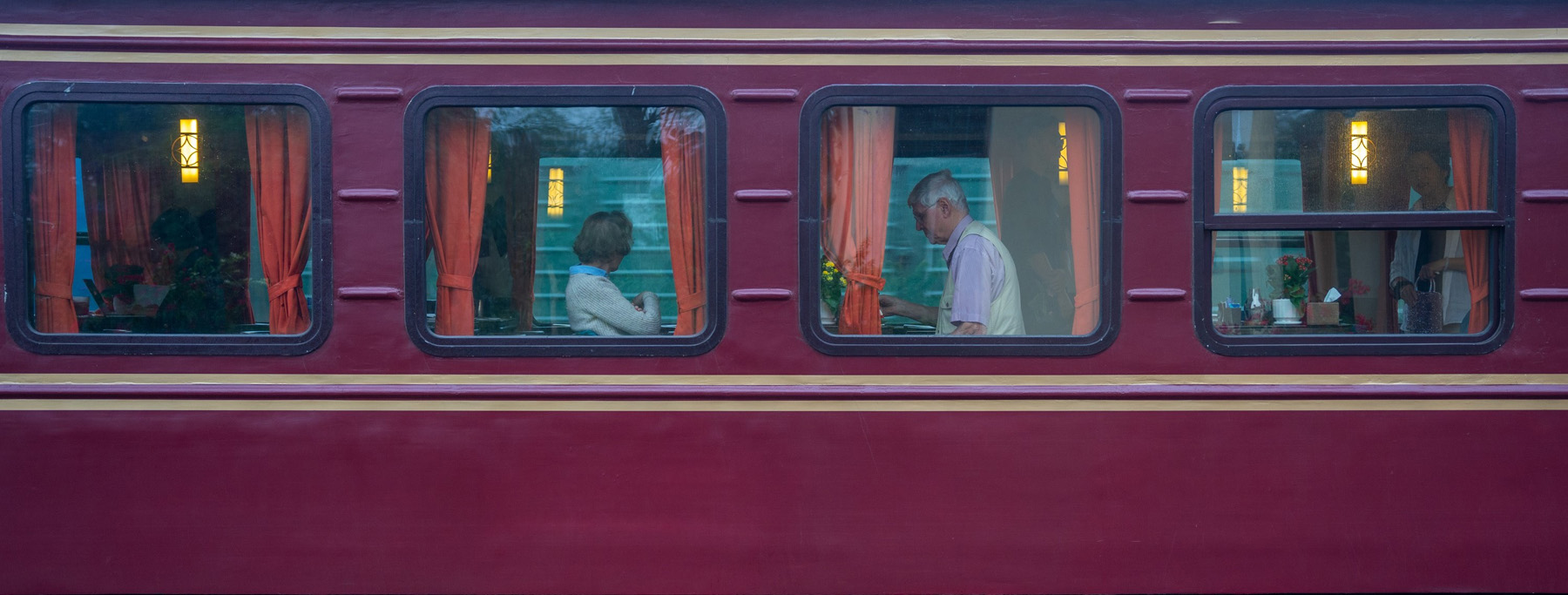
SJourney offers 2 types of carriages for passengers to choose from based on preferences: The twin cabins and the double cabins. Each cabin will be equipped with a bedding set, a table and chair set, a room-size bar counter, a wardrobe with shoe corners, storage space, and private bathrooms – with toiletries included.
Read more:
Hanoi Station: The gateway to Vietnam’s capital and its historical significance.
Hue Station: A stop that connects travelers to Vietnam’s imperial past.
Nha Trang Station: The coastal charm and its role in connecting tourism.
Saigon Station: The bustling end of the line and the heart of southern Vietnam.
